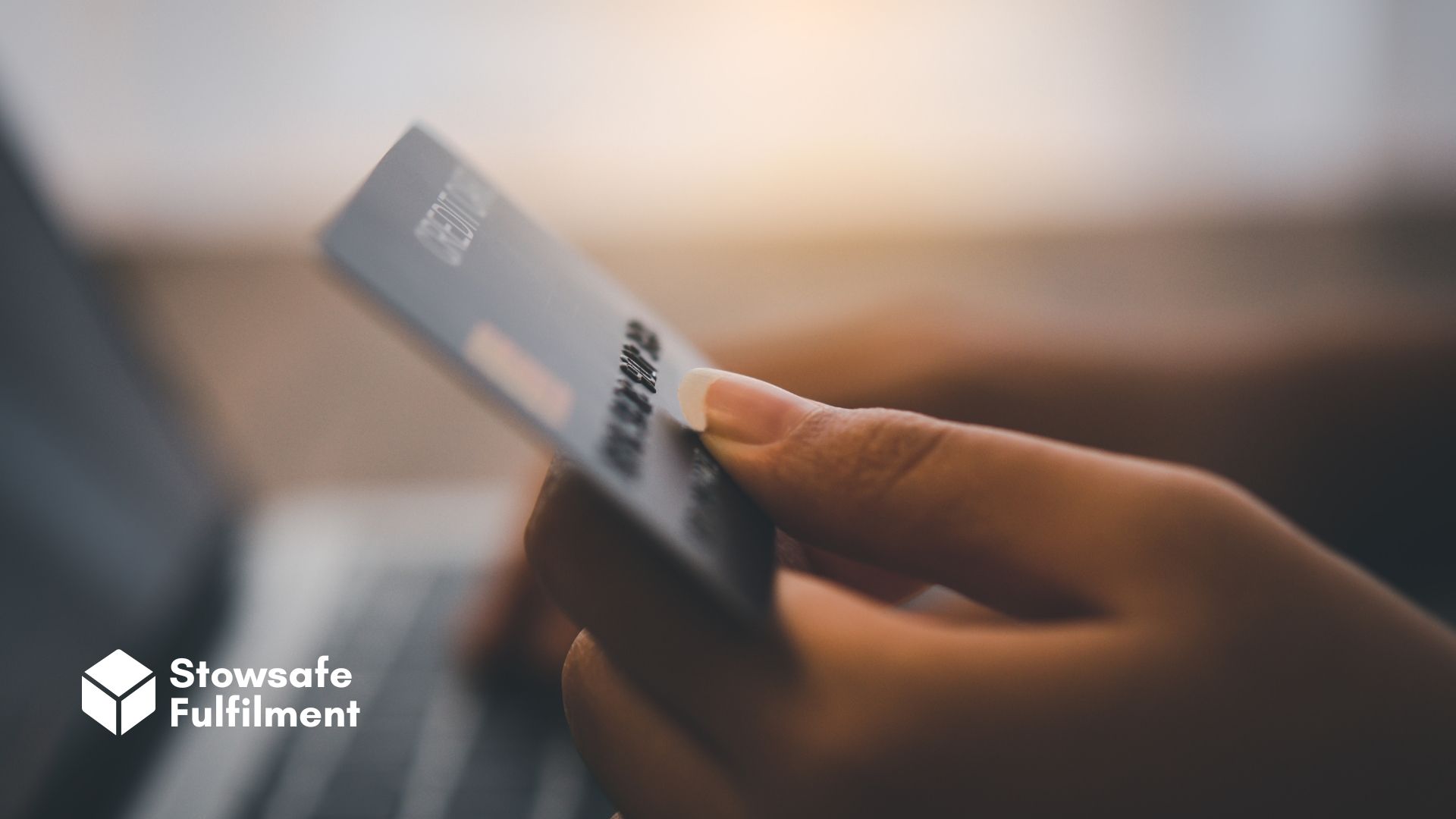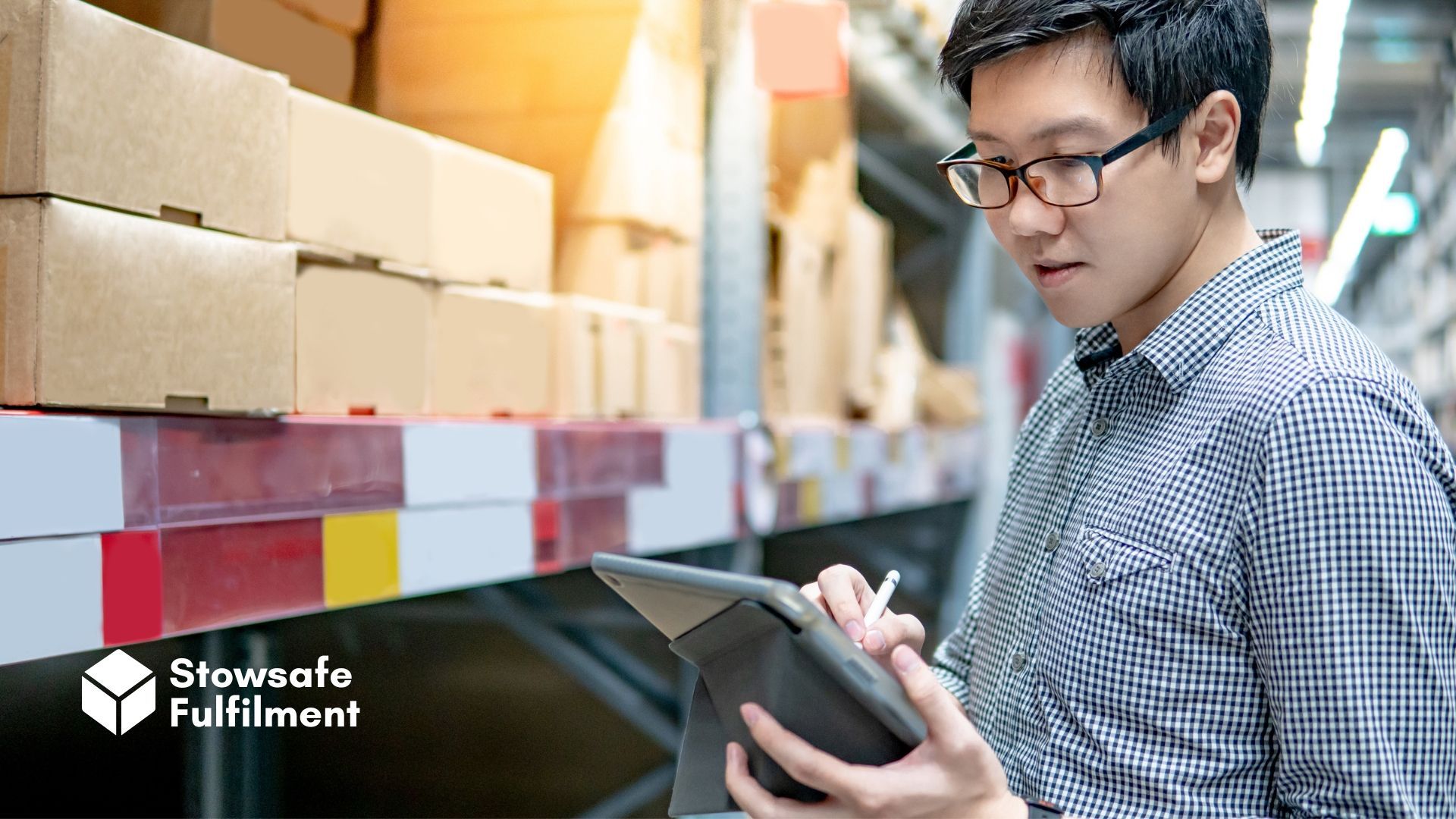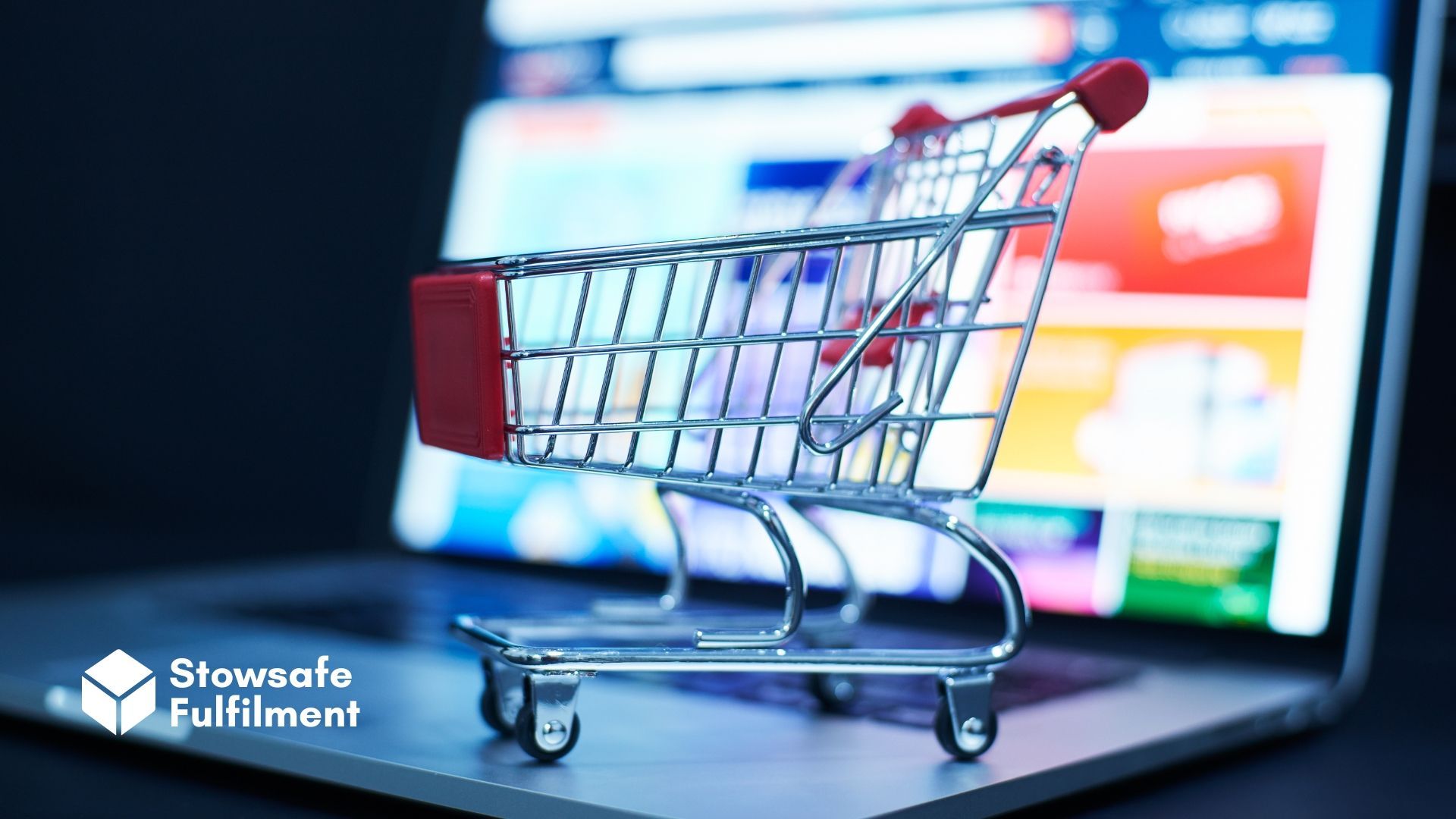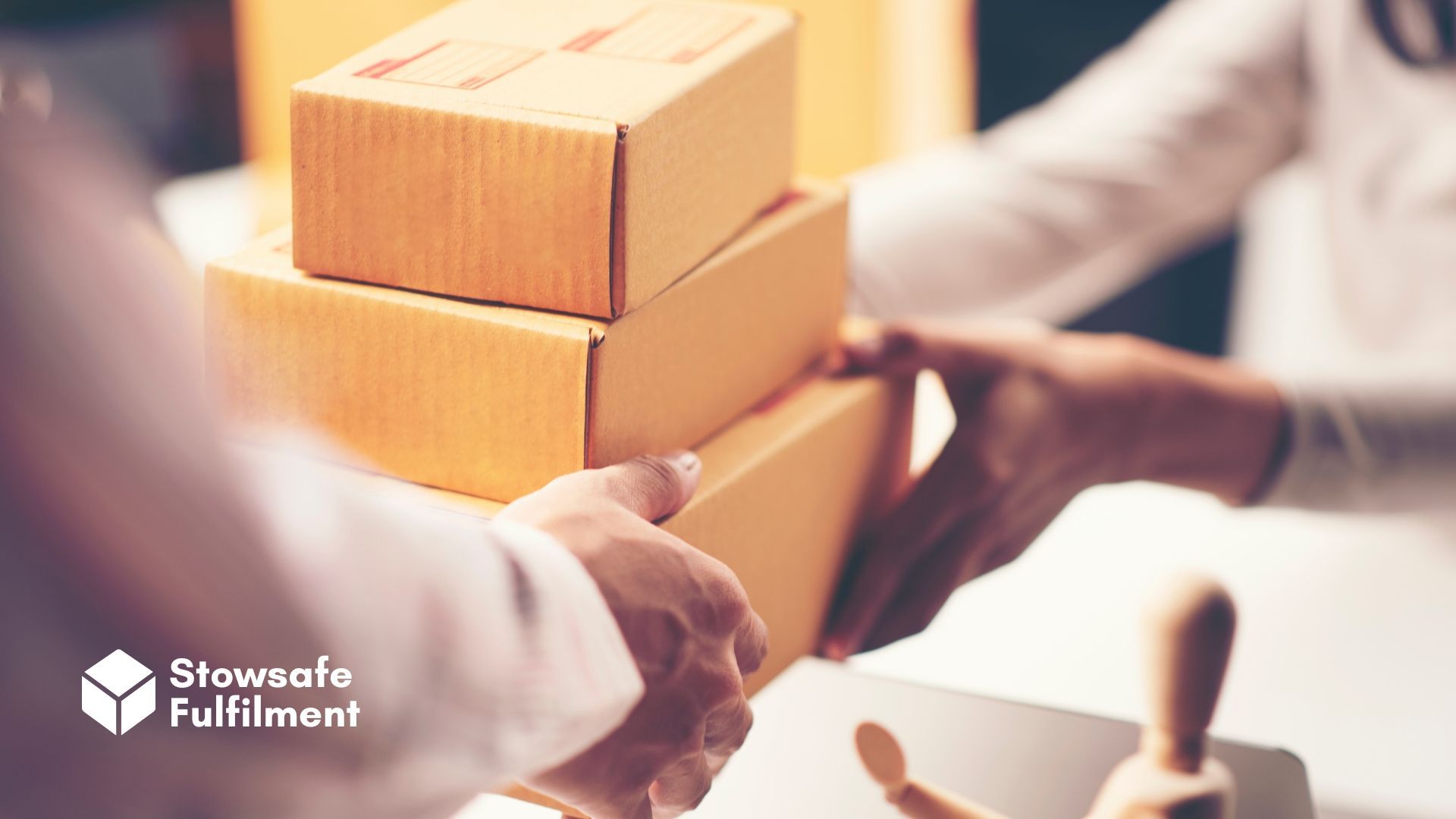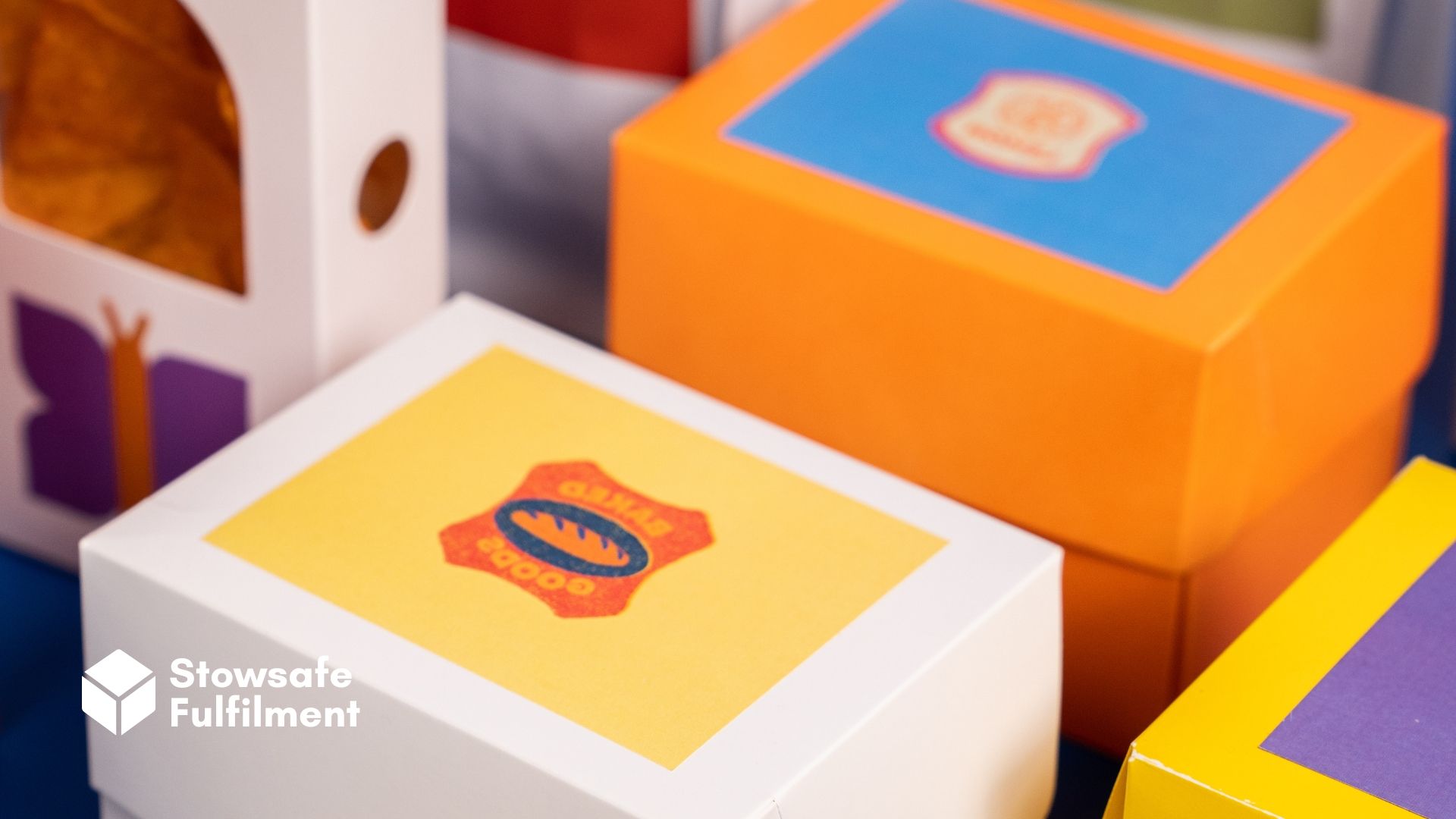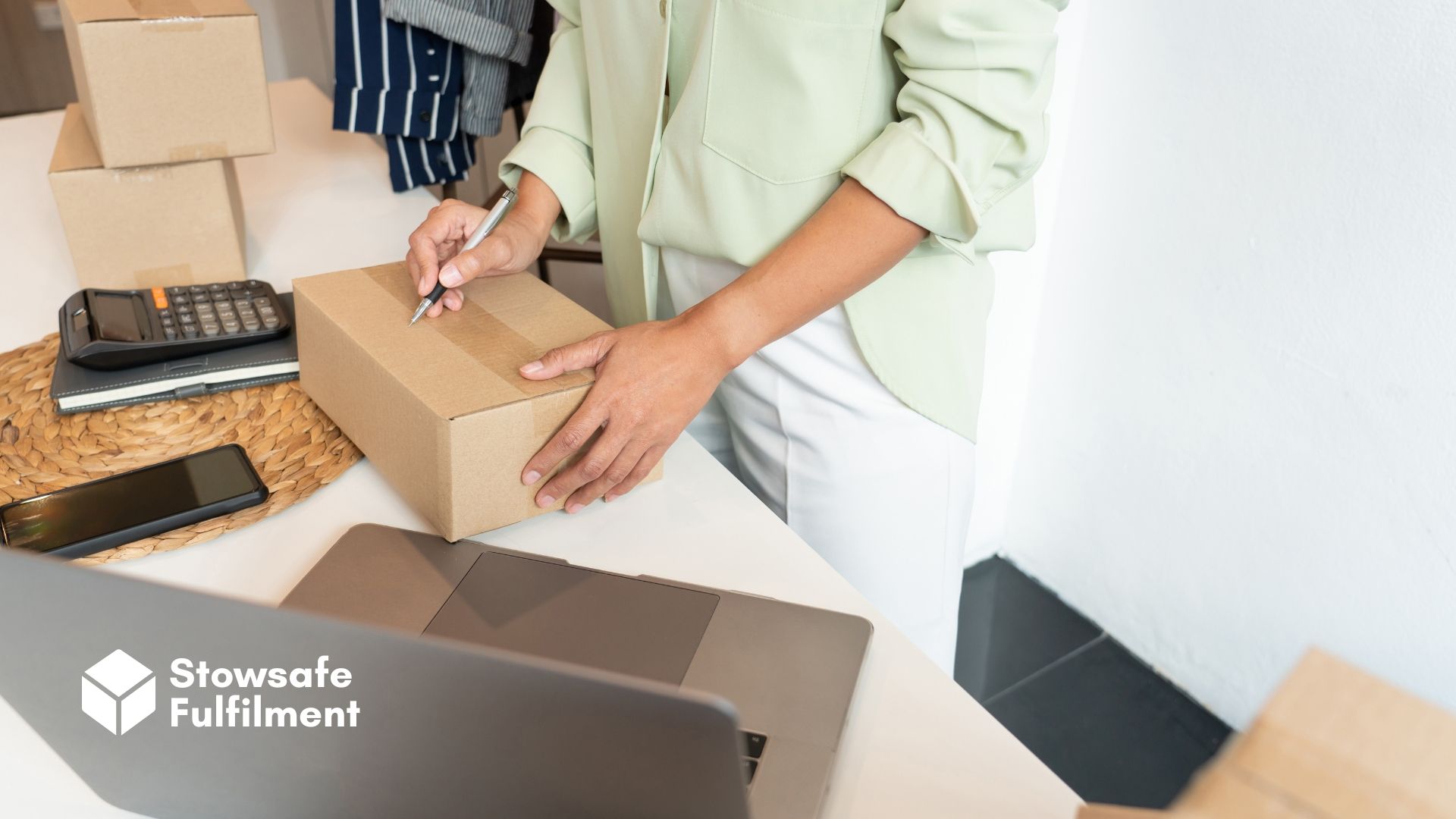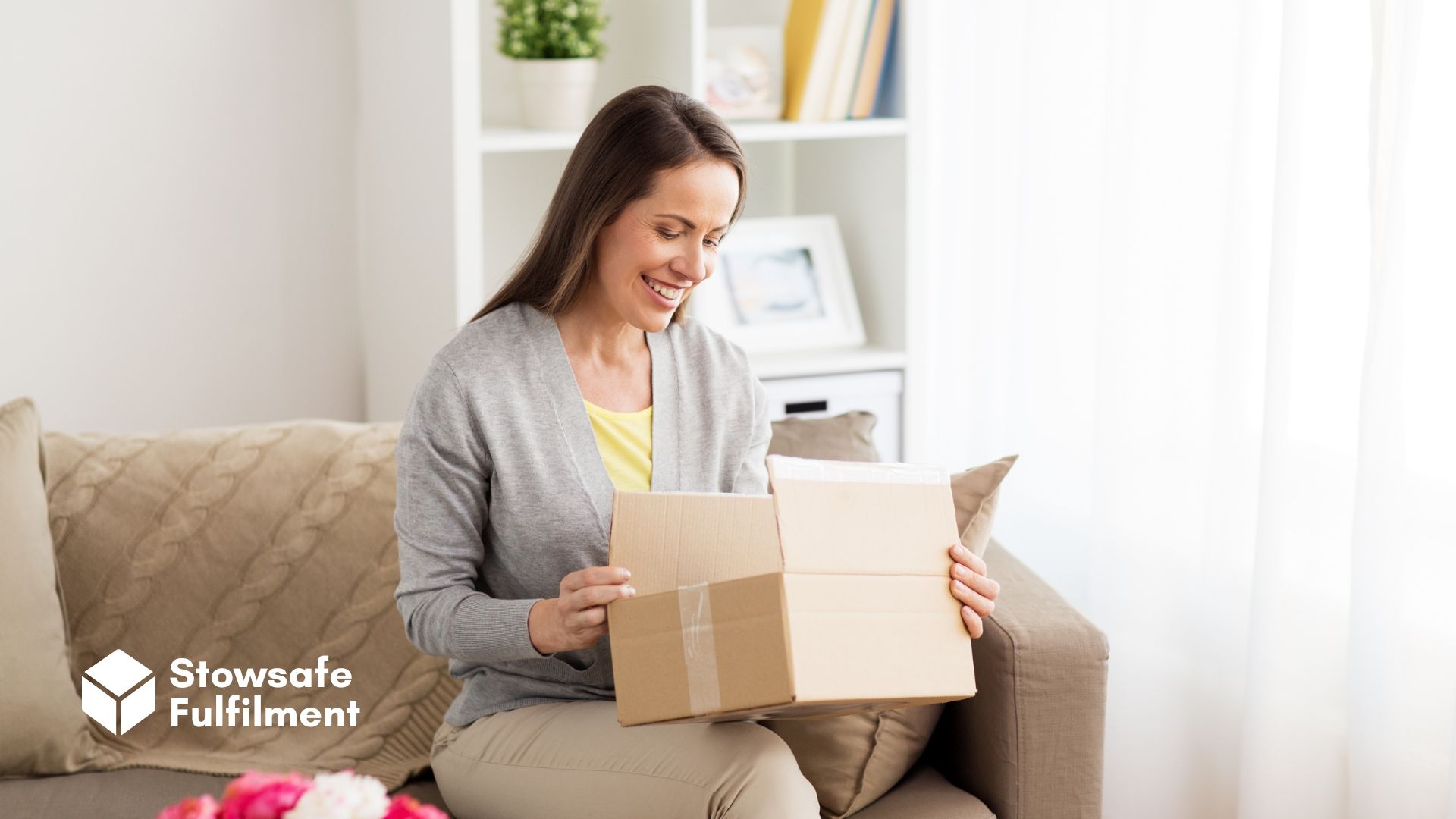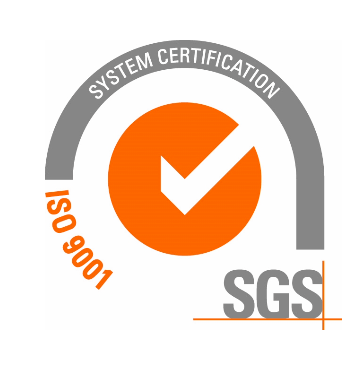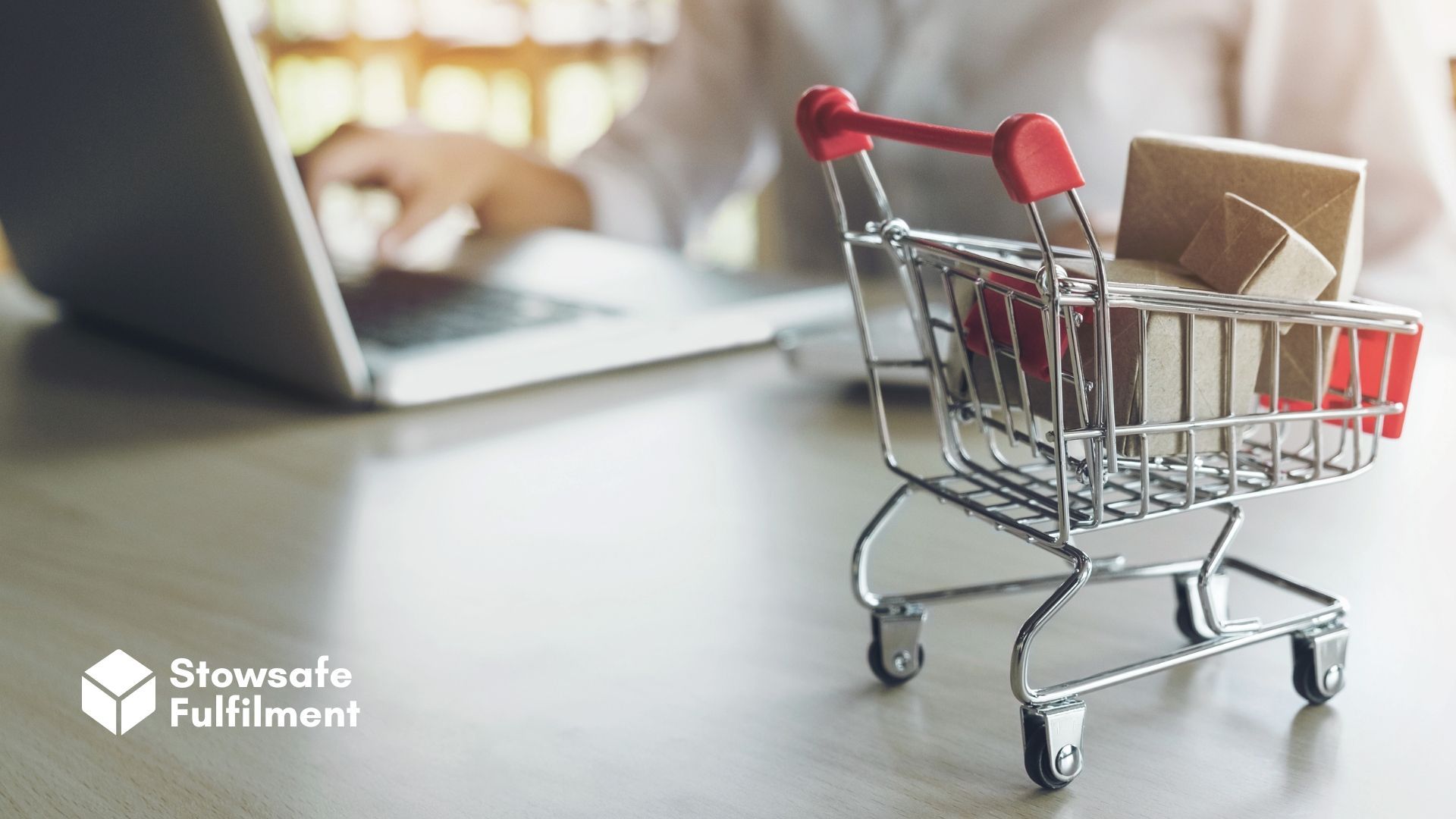
In 1995, an Iranian-American computer programmer named Pierre Omidyar was building a website and decided to give it a feature to hold auctions.
Users could view the listing for an item and bid on it. If their bid was highest when the auction closed, they would get a notification that the item was won.
The first item ever sold on this site was a broken laser pointer. The winning bid was over $14 (which would be worth around £21 in 2023).
Omidyar was surprised enough at this result that he contacted the winner to ensure they understood that it was broken. The winner is said to have claimed that they collect broken laser pointers.
The website built by Pierre Omidyar would eventually become eBay.
Is there anything we can learn from this story? Well, we believe it's significant to anyone who's looking to break into online retail.
There are many reasons why eBay became popular. But one of the most significant is that it quickly became known as a "shop for everything".
If you needed a
thing, you could fire up your dial-up modem, log on to eBay and find that thing in a matter of minutes. Pez dispensers? Check. Catalytic converters? Check? Broken laser pointers? You bet.
eBay catered to a need – and marketed itself as addressing that need. Granted, that need was "just about anything you can't find anywhere else". But it was a need nonetheless.
In today's world of booming and competitive eCommerce, this feels a little quaint. To start an "everything shop" in the 2020s, you'd need a colossal injection of capital and a server the size of a planet.
But the moral of the story still stands. To succeed online, you need to cater to a largely unaddressed need – and you need to let people know that you're ready to address it.
Naturally, this involves lots of behind-the-scenes work. We're talking hours and hours spent developing a unique product or service – and putting the operational gears in place that make the whole machine hum. There are, unfortunately, no shortcuts for this part of the process.
But when it comes to actually
building
and
marketing
your webstore? Well, for that there's Shopify.
Shopify and organic marketing
Shopify is a platform that allows you to create, host and customise an online store without any knowledge of coding or website construction.
Shopify does most of the hard work for you. Its easy drag-and-drop interface means you can have a professional-looking webstore up and running within a few hours.
This is important because customers expect a certain level of professionalism – and they rely on certain design tropes for ease of navigation. Shopify has polish and design best practices built in, so you only have to worry about your product and your marketing.
But that's a loaded "only". eCommerce is more competitive than ever. Estimates
suggest that there are more than 26.5 million eCommerce sites online – with more launching every day.
To stand out and win business, you need a great product and effective marketing. Those internet-ready sun loungers aren't going to sell themselves, after all.
Your on-site content – product descriptions, images and videos – can do some of the heavy lifting. But even the most sparklingly persuasive product copy will prove useless if people aren't landing on your site in the first place.
You need visitors. Traffic. Digital footfall.
The easy way to do this is with paid advertising. But that needs to be fed with a steady trickle of cash – cash that we're going to assume you don't have.
All is not lost, however. By investing a little time into
organic
marketing, you can win visitors without paying for the privilege (well, not directly, anyway).
How do you do that? You could start with SEO.
SEO considerations
SEO (search engine optimisation) does what it says on the tin. You optimise your webstore to appeal to search engines – and, fingers crossed, search engines give it more prominence in organic search results.
Let's pretend you're a customer. Let's say you have picky toddlers at home and you're looking for music to play while they fall asleep.
You've tried using Alexa to play songs – but the songs are shuffled and your children get upset when they can't hear exactly what they expect. So, the solution (other than lying and saying music simply doesn't exist after 8 PM) might be to look up MP3 devices designed for children.
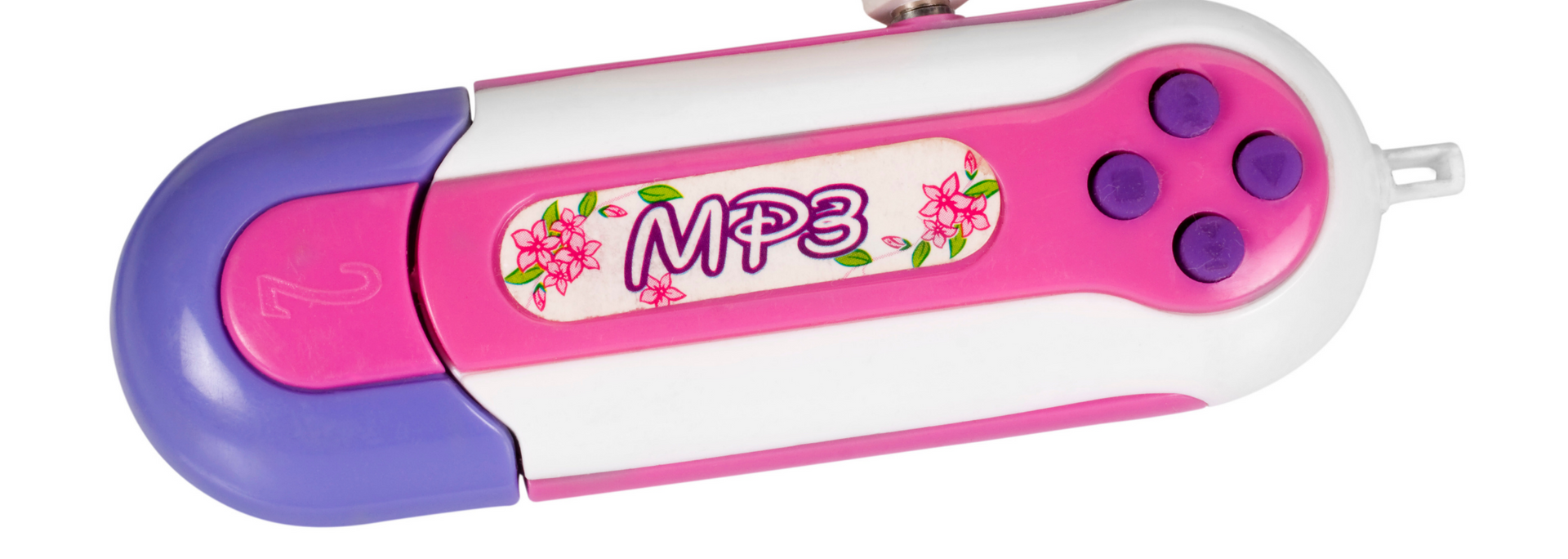
So, red-eyed and dizzy from lack of sleep, you head to Google and type in "radios for kids" or something of the sort. What we want is for them to find your store as the number one search result. But how does that happen?
Google considers many things when ranking search results. These considerations are called ranking factors.
The most important ranking factor is direct site traffic. If lots of people reach your site by typing your URL directly into their browser, Google will see you as popular and trustworthy.
But this creates a Catch-22 situation. You're not going to win direct traffic if people don't know you exist in the first place. Tricky.
Another ranking factor that's tricky to influence is backlinks – or, in other words, the number of web pages that link to your website.
There
are
quick
ways to get backlinks. However, it can sometimes tread into dubious territory. Beware of companies selling cheap, fast backlinks – in the past, Google has been quick to punish websites that harvest links from low-quality "content farms".
The best way to win backlinks is to sell a quality product and generate hype. But again, this presents a Catch 22. You need to get the hype ball rolling – and right now, it's as stationary as Stonehenge.
So, let's move onto some ranking factors that you can more easily optimise for: your website and its content.
Google likes fast websites. Websites that load quickly and feel zippy to use are good for users – so Google rewards them with better search rankings.
The good news here is that Shopify is already pretty nippy. But you can improve things even further by using compressed images and ditching any superfluous add-ons, among other things.
Google also likes websites that people spend a lot of time on. This is measured through a metric called "dwell time".

There are lots of ways to increase dwell time – but it boils down to having great content. Writing engaging copy and using storytelling techniques can help win customers over and keep them hanging around for longer. Win-win.
You can also optimise your on-page content using search keywords. This means including relevant words and phrases in your copy.
Think back to the "radios for kids" example. You can help your product page rank by including "radios for kids" and related phrases like "children's MP3 players" in your product description.
Make sure to include these phrases in your body copy, as well as headings, meta data – the "invisible" title and description that Google displays to users in search results.
Don't go overboard, though – "stuffing" your content with keywords won't help you rank. In fact, it might have the opposite effect. So, make sure things feel natural and prioritise readability above all else.
Finally, we need to mention mobile optimisation. Google
loves
websites that look good on mobile devices like smartphones and tablets.
Again, we have good news for Shopify users. Most Shopify templates are responsive, meaning they're designed to look great on any device.
Chances are, if you're using Shopify you've already ticked the "mobile-friendly" box – so give yourself a pat on the back.
More traffic drivers
Customer reviews
Even in our digital age, word of mouth is still the most effective form of marketing.
And online, "word of mouth" most often means "customer reviews".
There are many ways to get reviews. You want a lot of them – and you want them to be positive.

Again, as you already know, a high-quality product is the most effective way to get good reviews. Having a professional-looking, easy-to-use online store will also garner positive attention.
But you're already doing that. So how can you up your game?
There are two main ways. The first is to request reviews via advertising. Create a mailing list (if you haven't already) and ask that audience for reviews whenever possible.
Let them know there's something in it for them. Inform your customer base that the more reviews they leave, the more revenue you can put toward creating new products. You could even offer perks like money-off vouchers in return for a review.
The second way to increase your traffic through reviews is to convince influencers to review your products. Influencers will sometimes review products in exchange for free samples – although, more often than not, they'll want some cold, hard cash too.
This is possibly the fastest way to get your store some attention, depending on the market and how many followers the influencer has.
Content creation
By this we mean "engaging, shareable, potentially viral content". Product descriptions and images don't count.
This kind of content ticks many of the SEO boxes we looked at earlier. It encourages users to stick around (increasing dwell time) and gives people a great reason to link back to your site.
But, above all else, it's shareable. If people love your content, they'll share it with pals and followers on social media. This means getting more eyes on your brand – and fast.
Here are several forms of content you could explore.
- Blogs: tell stories, solve users' problems or share interesting "hacks" that involve your products. Great blogs get shared – and Shopify has a blogging engine built-in.
- Video explainers: creating a YouTube channel is a great way to increase chances for users to find your online store. It also gives you a chance to explain the benefits of your product to others in a new and engaging way.
- Short-form social videos: if you have updates that you can give for a few seconds every day, sites like TikTok and Instagram can be great ways to get people to find your store.
- "Microblogging": in other words, the quickfire social media updates pioneered by Twitter (now X). If you can create something small and catchy every day (see Wendys), you can gain a decent following and increase traffic to your store.
Final thoughts
There are many to increase organic traffic to your Shopify store. But hundreds of thousands of businesses are attempting to gain an edge every day – so you have to think fast and be creative.
Using the methods above will increase your chances of gaining a foothold and not letting go. We wish you all the best!
Stowsafe is a trusted UK-based 3PL. We help brands make more time to grow with fast, flexible eCommerce order fulfilment. You send us your stock and we pick, pack and deliver it to customers – simple.
Need a helping hand with
Shopify fulfilment? Our warehouse management system integrates with all major eCommerce platforms, including Shopify. For a quick, competitive quote,
talk to one of our experts today.
All Rights Reserved | Stowsafe Fulfilment


